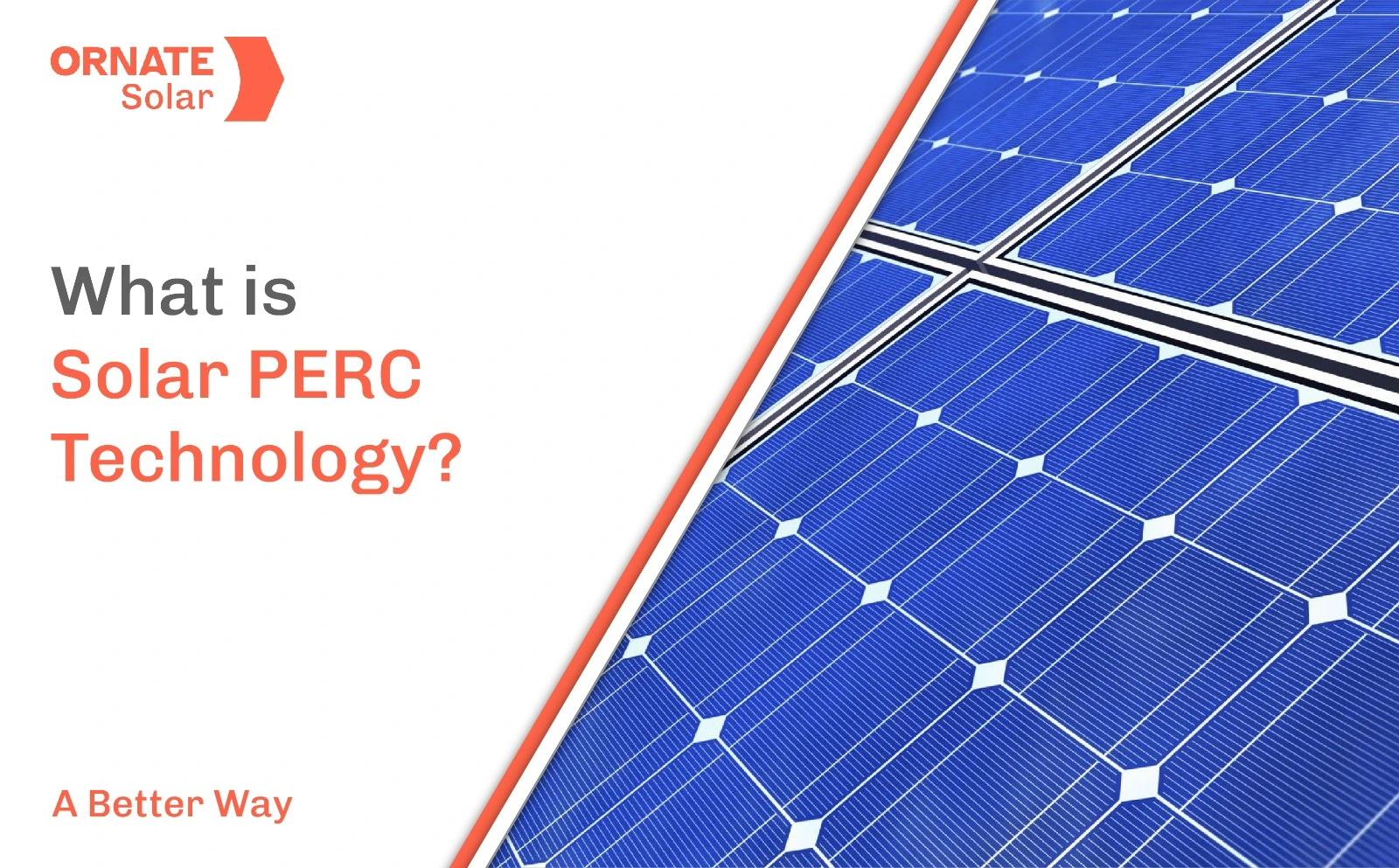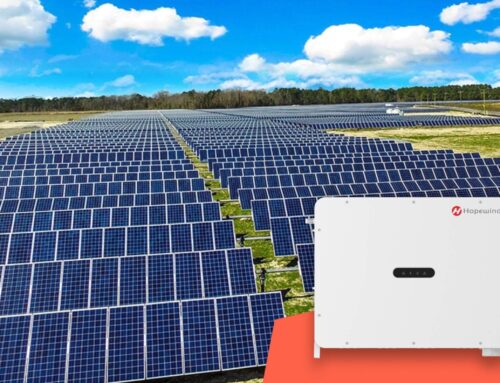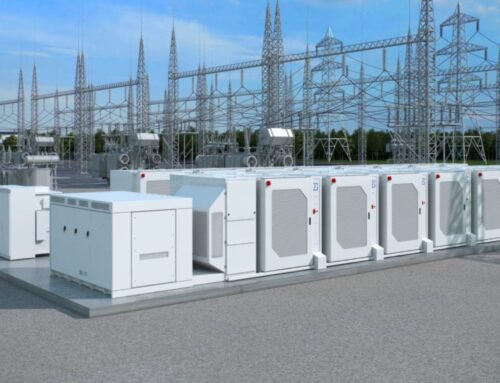

Researchers are always looking for newer ways to boost module efficiency. As a result, the influx of bigger and better solar technologies in the market has gone up!
PERC is one such innovation that emerged to solve the challenges of conventional solar panels and improve generation.
Let’s understand what PERC means, the problem it solves and its advantages over traditional solar panels.
The Challenge: Wastage of Sun’s Heat and Light
Before understanding PERC, it is important to know the basic structure of a solar panel.
We might think that solar panels are nothing but tiny solar cells joined together. But, that is not completely right. In every module, we first have the glass layer on top, underneath which is the encapsulant material that works as an insulator and stops current from flowing in the wrong direction.
Beneath these two is the layer of solar cells. And after another encapsulant layer, finally, there is the back sheet.
Solar cells absorb the photons present in the sun’s light to start the movement of electrons (current). But, some photons, due to their high wavelength surpass the solar cell and start hitting the backsheet instead.
The elements which would have been used to generate power are now wasted. Moreover, the backsheet starts heating up, raising the temperature of the module. The result? Low generation!
To counter this problem, researchers came up with a solution- attach a passivated layer behind the solar cell.
The Solution: PERC Technology
PERC refers to the Passivated Emitter Rear Contact Cell. A passivated layer in the modules re-reflects the higher wavelength photons back to the solar cell.

Difference between Standard Solar Cell and PERC solar cell
The technology was first discovered at the University of New South Wales in 1983. Before it was introduced, solar efficiency used to be less than 20%. After the launch of PERC, solar panel efficiency was able to cross that threshold for the first time.
You can think of PERC as an upgraded version of monocrystalline and polycrystalline modules. The PERC solar panels are more expensive than the conventional panels. But, they are also more efficient and better equipped to handle low-light conditions.
Major Advantages of PERC Technology
• Higher Efficiency
The biggest advantage of PERC is the efficiency gain it provides. . Since PERC solar cells utilize the photons that would have otherwise gone underutilized, they end up absorbing more light.
The efficiency of PERC modules is 1% higher than traditional equipment, which boosts power output by 6-10%.
• Lower Backsheet Temperature
The passivated layer between the solar cells and encapsulant material prevents photons from hitting the backsheet. This, in turn, keeps the backsheet temperature low. Since the panels remain cooler, the generation is also high.
• Cost Saving
Due to its high efficiency, PERC panels allow users to achieve the same power output with limited panels. This, in turn, reduces the BOS cost and improves energy savings.
Difference between PERC and Bifacial Modules
You must have come across another similar technology called bifacial modules, which also enhance the performance of solar panels. So, what sets these two apart?
Both PERC and bifacial modules improve light absorption in panels. However, they achieve this in different ways. Bifacial modules have an extra layer of solar cells on the backside of the panels. This layer captures sunlight that bounces off the ground and boosts electricity generation.
The efficiency improvement from bifacial modules is higher than that from PERC modules. This is why manufacturers combine both technologies to produce more electricity.
Moreover, bifacial modules are pricier compared to PERC modules, but they compensate for the cost by increasing efficiency.
Best Solar Mono PERC Modules in the Indian Market
Canadian Solar is a great choice for high-efficiency mono-perc modules. Their Hiku7 range panels (590 to 605 Wp) have an efficiency of up to 21.6%, along with lower LCOE and better shading tolerance.
Canadian Solar new bifacial mono PERC solar panels are also available now.
In the Made-in-India category, it is hard to beat RenewSys. The brand’s Mono PERC modules (530 Wp to 545 Wp) are reliable, PID-resistant, and suitable for both utility and rooftop solar plants.
Also Read:
About Ornate Solar
Ornate Solar is a leading solar company with 8+ years of experience in the industry and the mission to reimagine the way solar is installed worldwide.
By not only partnering with the best-in-class solar brands but also developing our high-quality solutions, (panels, inverters, accessories, InRoof), we develop and deliver solutions that are modern, reliable, and effective.
If you are looking for high-quality solar panels, reach out to us at 011 43536666 to discuss your options.












Leave A Comment